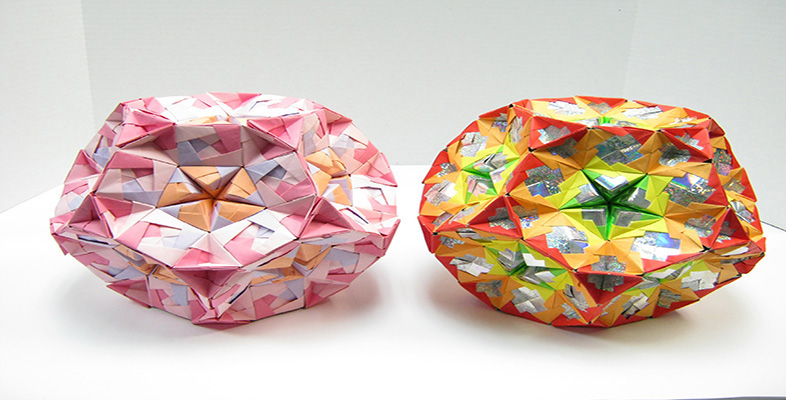Building an object biography
All of these observations that we have made about the netsuke could contribute to its object biography. Some parts of the biography are well documented, while others are derived from an interpretation of what we can see and deduce from the object itself. We have been focusing much more on object-centred approaches to the netsuke, but it would be possible to look further into the object-driven approaches and find out more about the makers, users, consumers or viewers of the object. We have already encountered some of the raw materials for an object-driven approach. The inscription in Japanese characters identifies the maker of the netsuke as Masanori; we could investigate him further and find other artefacts he made. We have encountered Emperor Hirohito and Prince Henry of Gloucester as users or consumers of the netsuke. What motivated them to become engaged with the artefact? Presumably the answer lies in its prestige value or aesthetic qualities. We could visit the British Museum to see it ourselves, or to observe other people encountering it and see what effect it has on them.
